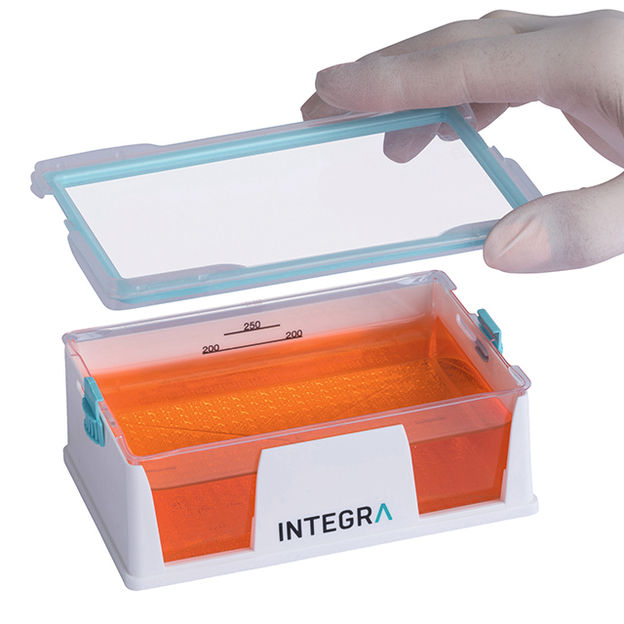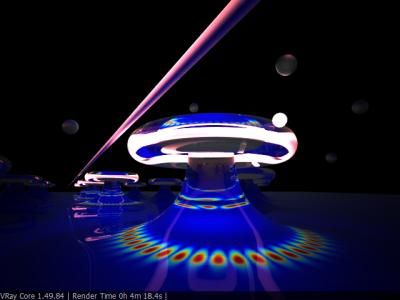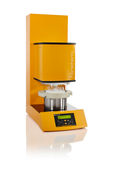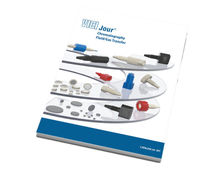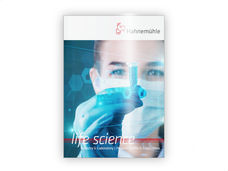Scientists moving closer to 'artificial noses'
More than one nanostring to their bow
Quick, certain and cheap detection of single molecules is a task that chemical analysts are now expected to perform. Luckily, there is a method they can employ for this, which uses nanotechnology: Specifically, they use "nano-electromechanical systems", or NEMS. These systems involve strings with diameters of the order of 100 nanometers which can be excited to resonate in a characteristic fashion. If these strings are coated with the right kind of chemicals, then molecules will dock onto them. More specifically: only one kind of molecule can dock onto each string. When a molecule docks onto a string, the string becomes heavier and its oscillation slows down a tiny bit. "By measuring the period of oscillation, we could therefore detect chemical substances with molecular precision," explains Quirin Unterreithmeier, Ludwig Maximilians University of Munich. "Ideally, you would have several thousand strings sitting on a chip the size of a fingernail, each one for highly specifically recognizing a single molecule - so you could build an extremely sensitive 'artificial nose', for example."
Until recently, however, getting such systems to work has proven technically difficult; one problem being to produce and measure the oscillations. While the nanostrings can be made to oscillate by magnetomechanical, piezoelectric or electrothermal excitement, this only works if the nanostrings are made of metal, or are at least metal-coated, which in turn greatly dampens the oscillations, preventing sensitive measurement. That hardly allows the detection of a single molecule. It also makes it harder to distinguish the different signals from differently oscillating strings.
The newly developed method now avoids these difficulties. Quirin Unterreithmeier, Dr. Eva Weig and Professor Jörg Kotthaus of the Center for NanoScience (CeNS), the Faculty of Physics of LMU Munich and the cluster of excellence "Nanosystems Initiative Munich (NIM)" have constructed an NEMS in which the nanostrings are excited individually by dielectric interaction - the same phenomenon that makes hair stand on end in winter. Following this physical principle, the nanostrings, which are made of electrically non-conducting silicon nitride, are excited to resonate when exposed to an oscillating inhomogeneous electric field, and their vibration then measured.
The alternating electric field required for this stimulation was produced between two gold electrodes right up close to the string. The oscillations were measured by two other electrodes. "We created this setup using etching techniques," reports Weig. "But this was easily done - even repeated ten thousand times on a chip. The only thing to do now is to make sure the strings can be individually addressed by a suitable circuit." All in all, this ought to be a technically easy exercise - but one that will allow a breakthrough in chemical analysis. Yet there are even more applications that can be seen beyond this "artificial nose". Among other things, the nanostrings could be employed as the pulse generators in mobile phone clocks, for example. These novel resonators could even be used as ultra-sharp electrical signal filters in metrological systems.
Original publication: Quirin P. Unterreithmeier, Eva M. Weig, Jörg P. Kotthaus; "Universal transduction scheme for nanomechanical systems based on dielectric forces"; Nature, 23 April 2009
Most read news
Topics
Organizations
Other news from the department science
These products might interest you

Get the analytics and lab tech industry in your inbox
By submitting this form you agree that LUMITOS AG will send you the newsletter(s) selected above by email. Your data will not be passed on to third parties. Your data will be stored and processed in accordance with our data protection regulations. LUMITOS may contact you by email for the purpose of advertising or market and opinion surveys. You can revoke your consent at any time without giving reasons to LUMITOS AG, Ernst-Augustin-Str. 2, 12489 Berlin, Germany or by e-mail at revoke@lumitos.com with effect for the future. In addition, each email contains a link to unsubscribe from the corresponding newsletter.
Most read news
More news from our other portals
Last viewed contents
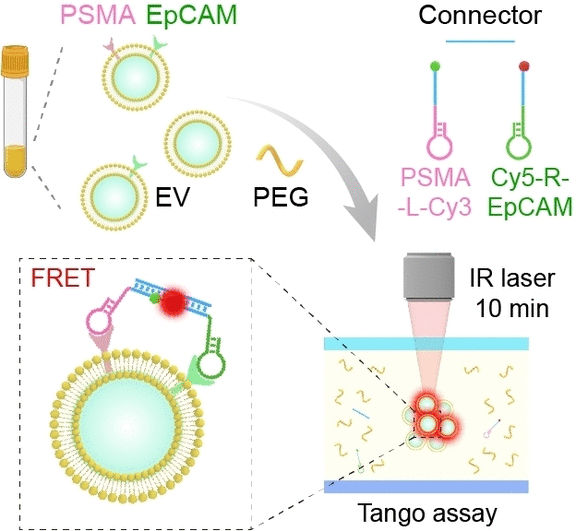
Early Detection by Tango - Fast, uncomplicated, and specific: diagnosis of prostate cancer from blood samples

Next step in light microscopy image improvement - New deep learning architecture enables higher efficiency compared to widely used methods
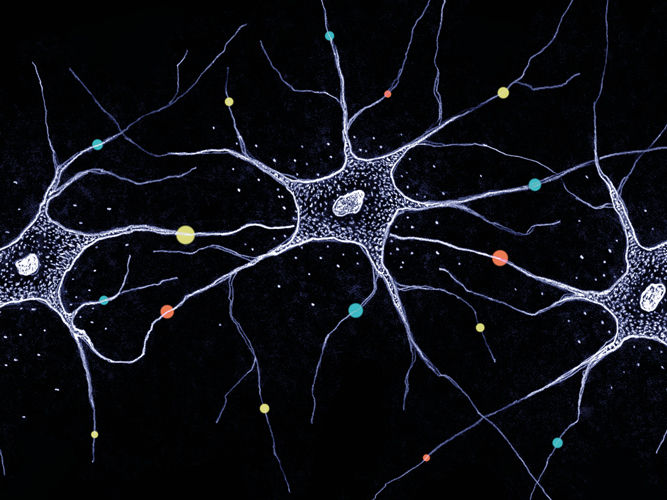
Diversity in the brain - How millions of neurons become unique
'Invisible' protein structure explains the power of enzymes
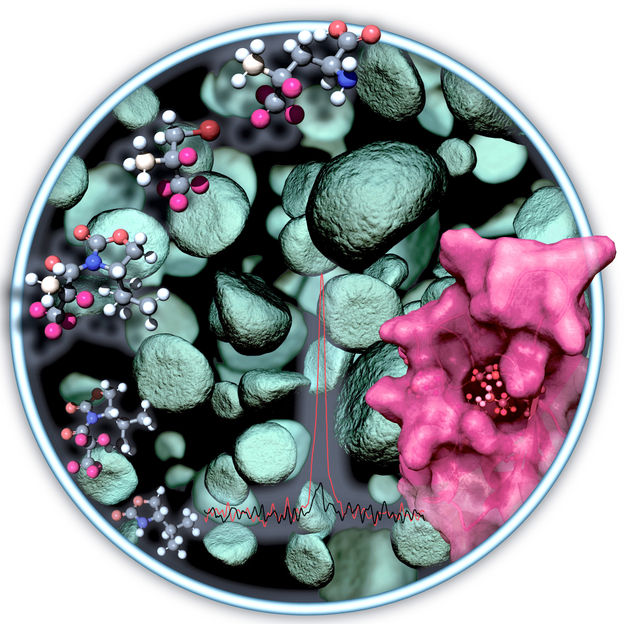
Tiny sensors for major advances - Using NMR spectrometry to analyse important molecules that have not been accessible before now

Yumda now part of LUMITOS - Europe’s leading provider of B2B portals has expanded its portfolio to media outlets for the food and beverage industries
U.S. Department Of Defense selects Applied Biosystems for development of instrument system to identify infectious diseases
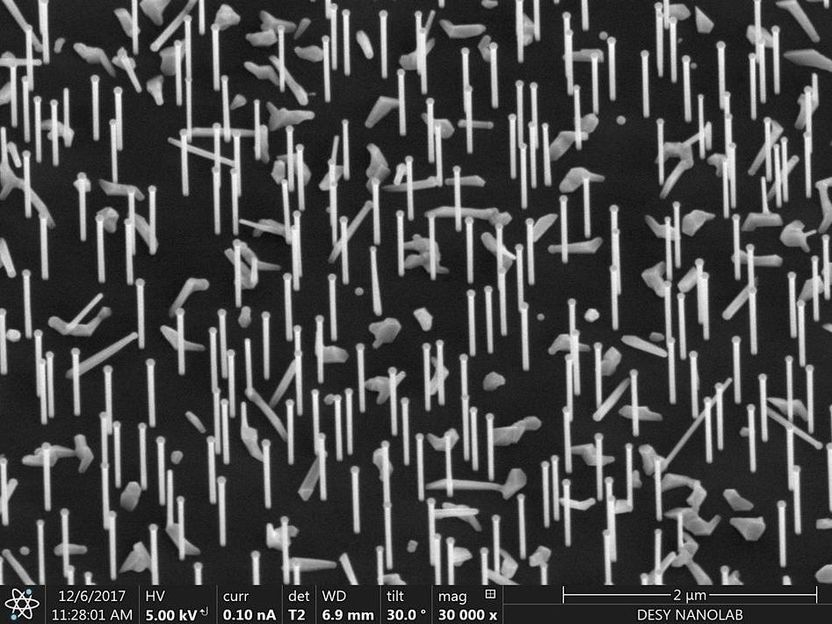
Scientists observe nanowires as they grow - X-ray experiments reveal exact details of self-catalysed growth for the first time
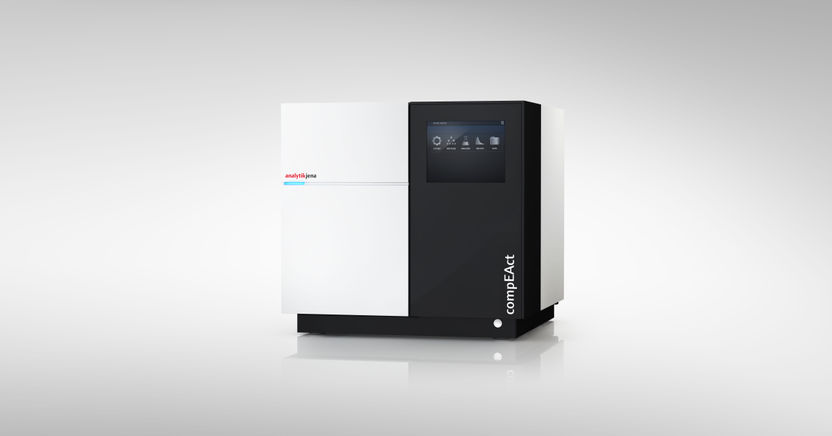
compEAct Serie | Elemental analyzers | Analytik Jena

New driver, target in advanced mucosal melanoma
Invitrogen and Applied Biosystems Complete Merger - Combined Company, Called Life Technologies Corporation, is a Global Leader in Biotechnology Reagents and Systems
